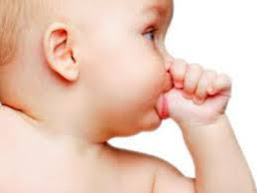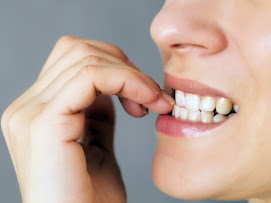Oral Habits
A habit can be defined as a routine behavior that is repeated regularly and most of the time tends to occur unconsciously. Oral habits are one of the major causative factors which lead to malformation or irregular alignment in dentofacial structures. These are the most frequent causes of malaligned teeth mostly seen in childhood and mixed dentition stages. In the oral cavity other than the forces created by habits there are many forces acting on the oral structures.
Oral habits like thumb sucking are mostly seen in 50% of the population, other habits including nail-biting, lip chewing, mouth breathing, and bruxism are also commonly found among human populations but are negligible as compared to the thumb-sucking habit which is predominant. The reasons behind this can be multiple including stress which became more prevalent these days. Parental awareness about the harmful effects of these habits on the teeth and the dentofacial structures can reduce the prevalence.
Types of Oral Habits
- Thumb Sucking
- Tongue Thrusting
- Lip Biting
- Bruxism(Tooth Grinding)
- Cheek Biting
- Nail Biting
- Mouth Breathing

Causes of Habits
- Prolonged suckling
- Improper and inadequate nursing
- Feeling of insecurity
- Child deprived of parental love and care
- Learning patterns without an underlying cause
- Feeling hunger
- Feeling of personal inadequacy
- Habit during eruption of the teeth
- Attention-getting mechanism
- Number of siblings

Effects of Habits
- Thumb sucking habit can lead to forward placement of upper front teeth causing proclined teeth, backward of lower teeth leading to retroclined teeth, increased overjet, open bite, misaligned lateral occlusion, and narrow upper arch and back teeth crossbite.
- Prolonged tongue-thrusting habit can lead to misalignment of overall teeth structures.
- Continuous habits can affect the overall personality of the child with a tendency to emotional liability.
- Nail-biting habit can lead to unintentional grinding or clenching of teeth which in turn cause earing don of teeth enamel leading to sensitivity, headaches, facial pain, etc.
- Mouth breathing habit can lead to a decrease in the flow of saliva and it makes teeth more prone to dental caries. Mouth breathing can influence the position of the jaw and tongue, which can lead to malocclusion of the teeth.

Diagnosis
The extraoral examination includes digits, lips, and facial form examination History of oral habits The intraoral examination includes tongue, gingiva, and dentoalveolar structures examination
Prevention
- Engaging the child in different activities
- The parent should be educated about their involvement in prevention
- Use of pacifiers
- Mother’s presence during bottle-feeding
- Using physiological nipple
- Check on the duration of breastfeeding